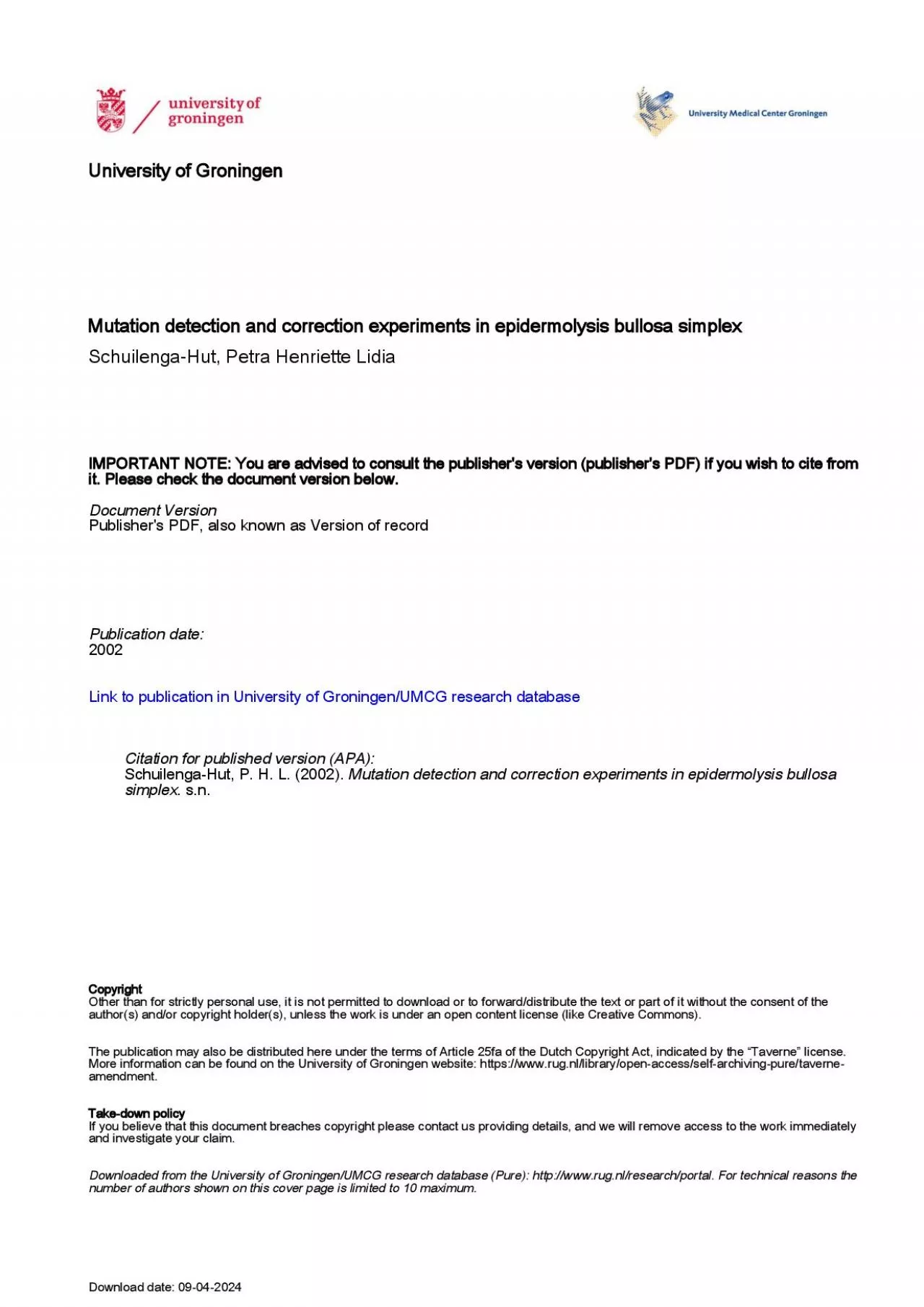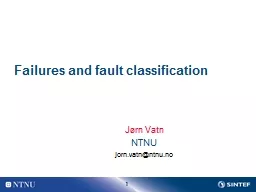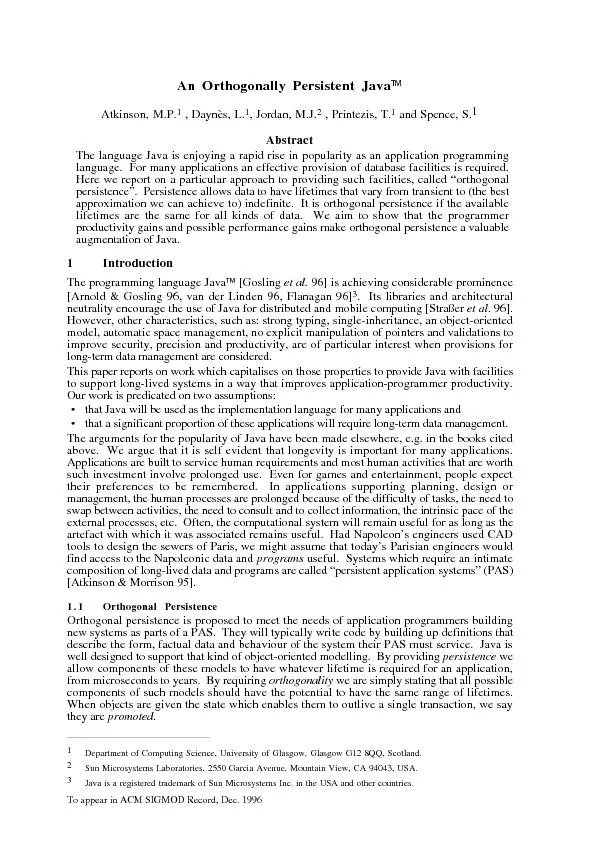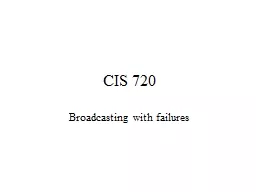PDF-Persistent failures in gene repair
Author : della | Published Date : 2022-08-22
71 Gerrit van der Steege Petra HL SchuilengaHut Hendri H PasCharles HCM Buys Hans Scheffer and Marcel F Jonkman Dept of Dermatology University Hospital Groningen
Presentation Embed Code
Download Presentation
Download Presentation The PPT/PDF document "Persistent failures in gene repair" is the property of its rightful owner. Permission is granted to download and print the materials on this website for personal, non-commercial use only, and to display it on your personal computer provided you do not modify the materials and that you retain all copyright notices contained in the materials. By downloading content from our website, you accept the terms of this agreement.
Persistent failures in gene repair: Transcript
Download Rules Of Document
"Persistent failures in gene repair"The content belongs to its owner. You may download and print it for personal use, without modification, and keep all copyright notices. By downloading, you agree to these terms.
Related Documents














